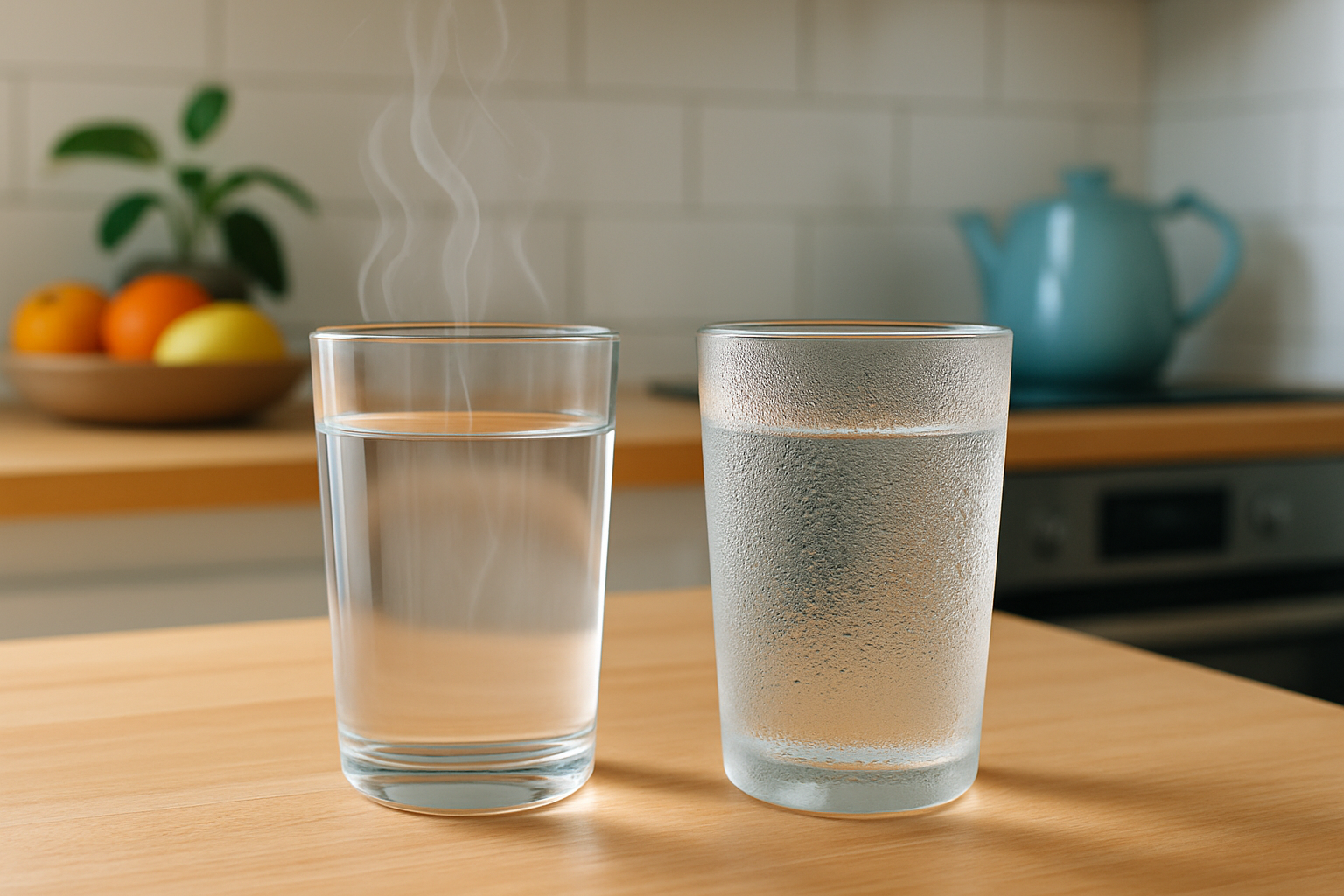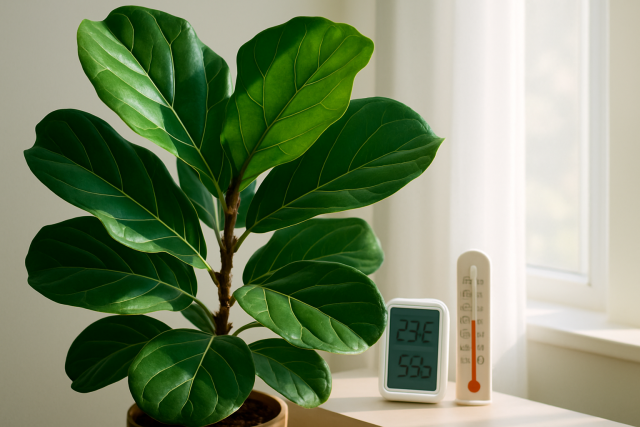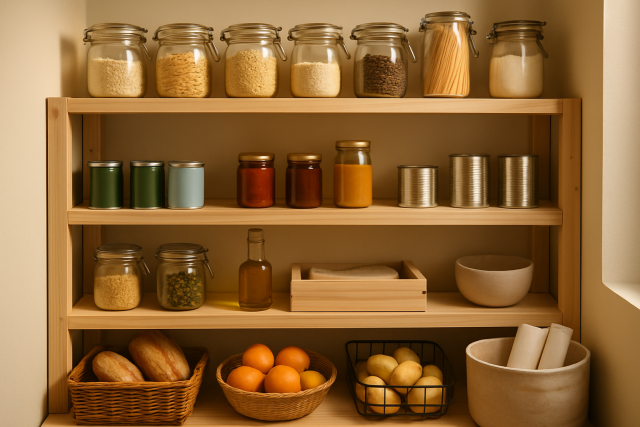Do Hot and Cold Glass Look the Same or Are There Differences?

People often catch subtle visual shifts when handling hot versus cold glassware, like a bit of fogging or tiny changes in clarity that almost sneak up on you. This article dives into the science behind those noticeable quirks, breaking down how temperature plays its part in glass’s appearance.
Understanding Glass and Its Interaction with Temperature
Glass is what you would call an amorphous solid, mostly made from silica—basically sand—blended with a few other ingredients like soda ash and limestone to create what we commonly know as soda-lime glass. This variety shows up all over the place in everyday household items. Thanks to its non-crystalline structure, glass boasts that signature transparency and brittleness instead of bending like some other materials. When glass encounters shifts in temperature, it naturally expands when warmed up and contracts as it cools down. These changes might be subtle enough to fly under the radar, but they can definitely affect the strength and look of the glassware we handle daily.
Getting to Grips with Thermal Expansion and Contraction in Glass
When glass heats up, its molecules soak up energy and spread out a bit causing the glass to expand like it’s taking a deep breath. Then when it cools down those molecules slow their roll and huddle closer together making the glass contract. Most of the time these size changes are so subtle you’d hardly notice but sometimes they sneak in faint distortions or little stress patterns that pop up under the right lighting or from certain angles.
How Hot and Cold Glass Show Their True Colors
People often notice visual quirks when glass is hot or cold even though the glass itself isn’t actually changing in any permanent way. You might spot fogging from condensation on chilly surfaces or subtle color shifts caused by temperature messing with how light bends. You may also see wavy distortions from heat rising off hot glass.
- Cold glass has a knack for collecting condensation or fog, giving it a matte or slightly blurred look that’s hard to miss.
- When glass heats up, it can show faint rainbow-like patterns as temperature differences play tricks on how light bends through it.
- Heat waves rising from hot glass cause brief visual distortions that almost dance in your field of vision.
- You’ll usually notice changes in glossiness too. Cold humid glass tends to look dull and flat while hot glass catches the light and appears more reflective.
- Tiny cracks or stress lines sneak into view more easily when the glass is heated because thermal stress pulls at its seams.

Why Does Condensation Show Up on Cold Glass but Play Hide-and-Seek on Hot Glass?
Condensation tends to pop up on cold surfaces when warm humid air gets cozy with them and quickly cools down turning invisible water vapor into tiny droplets on the glass. On the flip side when glass is hot it’s rocking a temperature warmer than the surrounding air so moisture usually hightails it away by evaporating fast instead of piling up. That is the trick behind why cold glass often looks foggy or damp while hot glass generally stays clear.
How Materials and Manufacturing Shape Those Subtle Appearance Differences
Different kinds of glass like borosilicate, soda-lime and tempered glass each have their own quirks when it comes to handling temperature swings because of their unique chemical makeup and how they are manufactured.
| Glass Type | Thermal Expansion Rate (×10⁻⁶ /°C) | Susceptibility to Visual Changes | Typical Uses | Impact on Hot/Cold Appearance |
|---|---|---|---|---|
| Soda-lime glass | 9.0 – 9.5 | Moderate; may show condensation and those pesky stress lines | Everyday glassware, windows | Clearly shows condensation and can sometimes crack if temperature swings hit too fast |
| Borosilicate | 3.3 – 3.5 | Low; usually shrugging off heat stress and distortion | Laboratory glass, cookware | Minimal distortion with condensation that’s easy to overlook |
| Tempered glass | 9.0 – 9.5 (similar to soda-lime) | Moderate; built tough to resist shattering, though a few stress marks might sneak in | Car windows, safety glass | Generally tough against cracking but can reveal stress patterns when things heat up |
| Laminated glass | Similar to soda-lime | Low to moderate depending on the interlayer | Windshields, architectural glass | Temperature changes are less obvious—thanks to those layers quietly doing their job |
Practical Tips for Using Glassware with Hot and Cold Items
When it comes to handling glassware with hot and cold contents, a few practical pointers can make all the difference. Glass might look sturdy, but it has its quirks—trust me, a sudden temperature change can turn your favorite drinking vessel into an unplanned experiment in physics. So, before you go pouring piping hot coffee into that chilly glass, it is worth remembering that some types of glass are not fans of thermal shock. Tempered or borosilicate glass tends to have better luck here, standing up to temperature swings like a champ.
Also, think about what’s coming next—placing a steaming glass on a cold surface might feel intuitive, but that rapid switch can cause cracks faster than you would expect. Giving your glass a moment to warm or cool gradually can save you from an unexpected mess. Bottom line: a little patience and choosing the right kind of glass can keep your drinkware happy and intact, no matter the temp.
Picking out the right glassware and handling it carefully goes a long way to preventing damage and keeping its shine intact even when temperatures swing. Choosing heat-resistant glass and avoiding sudden temperature shocks along with a proper cleaning and storage routine usually does the trick.
- Try to avoid sudden temperature shocks, like dunking a cold glass straight into hot water because it can cause cracks.
- Choose glassware made from borosilicate or other heat-resistant materials when serving hot drinks since they handle heat well.
- Clean your glass thoroughly after each use to prevent stubborn residue from dulling its sparkle.
- Dry your glass completely. This extra step helps prevent watermarks and keeps fogging away.
- Store your glassware in a place with a steady temperature so it does not have to endure the ups and downs of thermal stress.
Common Misunderstandings About Hot and Cold Glass (because glass isn’t as straightforward as it seems)
There are plenty of myths floating around about how glass behaves when it is hot or cold. Some people believe that glass changes color for good once it’s heated up, or that cold glass is just naturally more brittle.
- Glass doesn’t permanently change color just from heating. Most color shifts you see come from impurities or surface coatings playing tricks.
- Cold glass isn’t naturally weaker than hot glass. Its strength depends on nicks, scratches or other damage it already has.
- Hot glass doesn’t always look cloudy. When it does, it often results from thermal stress or contaminants messing things up.
- Temperature swings don’t usually leave lasting marks on the clarity of good-quality glass. This is reassuring.
- You can safely use hot glass for cold drinks as long as it’s designed and tempered properly, no sweat.
Summary Do Hot and Cold Glass Look the Same or Is That Just a Trick of the Eye?
Glass that’s hot or cold often looks a bit different, thanks to temporary effects like condensation forming on cold glass or those subtle distortions that heat can cause. These changes happen just on the surface and tend to disappear pretty quickly—they don’t actually alter the glass itself.





